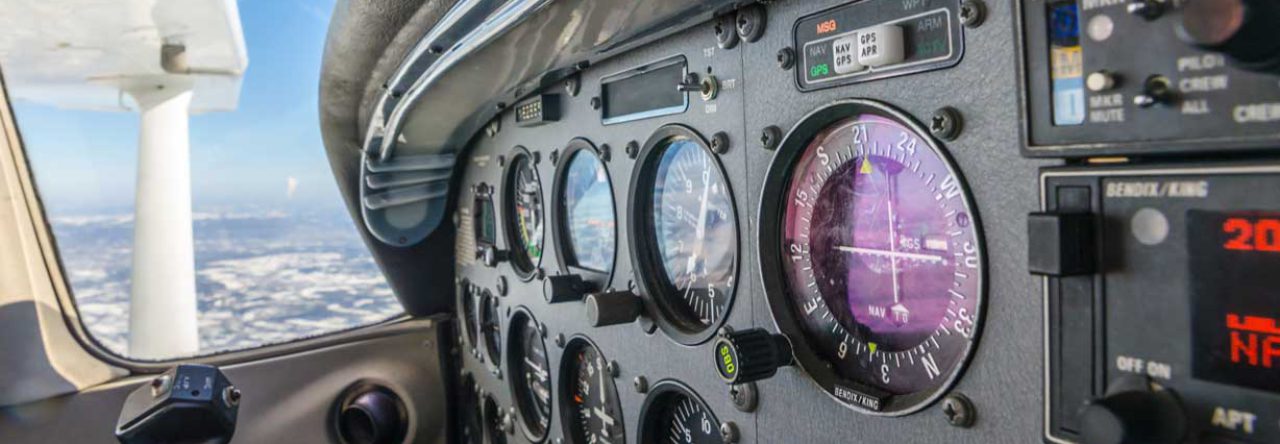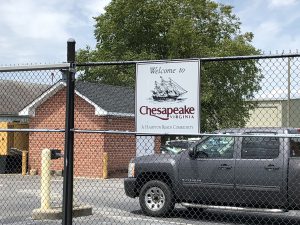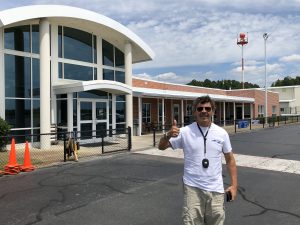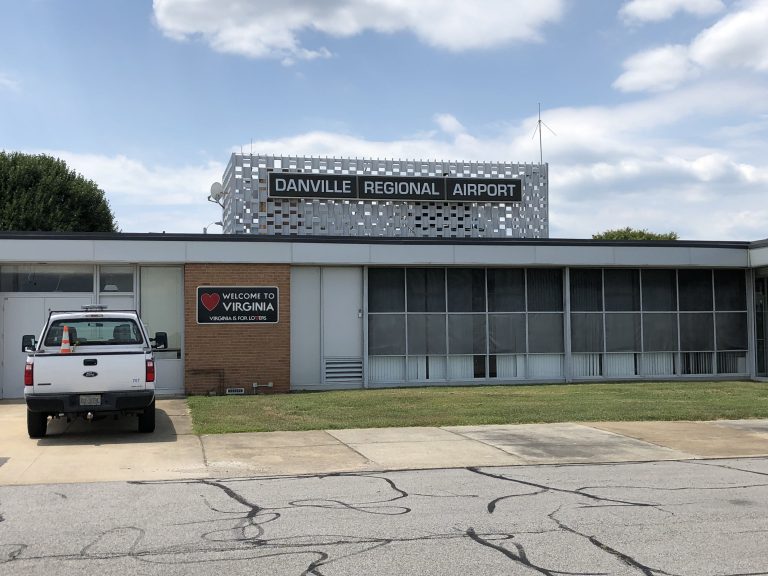The title says it all, I got it done. In order to complete my instrument rating I needed to go back up and cleanup a couple of things. Unusual Attitude Recovery, shoot a non-precision approach and a precision approach.
I think a lot of this came down to checkride jitters. I always try to look on the bright side and I believe that shining a light on a few of these deficiencies will make me a better, safer pilot. I definitely feel more confident in each phase of flight. Now don’t get me wrong, there were still things on this ride that I can improve upon. I think the important part here is that as pilots we are always learning and striving for improvement.
So today, I arrived at the club ready to go up to clean up a few things with a prep ride. The weather was really wonky and didn’t line up with the TAF’s very well. We could see things to the west going IFR and that weather was coming our way. My instructor and I decided to review the approach plates and talk over some things before committing to the skies.
My examiner showed up by chance as he was working with another student. He asked if we wanted to do the checkride after our flight and added there was no pressure if we don’t feel ready. I responded that if the prep ride goes well, I would be game to give it a shot.
After a bit, my instructor and I decided that the ceilings were holding so we went up to practice UAR (Unusual Attitude Recoveries) and shoot the full ILS Y 03 approach with the procedure turn. I was expecting this one on the ride from previous history.
Everything with the prep flight went well and I gained a lot of confidence in the procedures and felt ready. Once the examiner showed back up after his current lesson, we did the final paperwork and briefed.
In this ride, I would takeoff and get vectors and altitude to the practice area where we would perform the Unusual attitude recoveries. The examiner did a really good job yanking and banking to make sure I was nice and disoriented before saying “You have the flight controls, recover”. The first time we were in a climbing left turn. I performed the necessary corrections that I practiced. Easy peasy. Next after more banking back and forth, up and down. “You have the flight controls, recover”. This time we were in a descending right turn. I applied the necessary corrections once again.
After these two maneuvers, I was told “Climb and maintain 2500, cleared direct OZOPE for the RNAV 21 approach”. I dialed up the RNAV 21 approach and configured direct OZOPE in the GPS. As we neared OZOPE, I got the weather, briefed the approach and made sure the CDI, approach and radios were squared away. The examiner failed the WAAS on the GPS so this would be an LNAV approach instead of an LPV approach. Also, since the winds favored runway 03, we would make this a circling approach, so a little higher minimums.
The approach went pretty smooth, I made all of the stepdowns and made reports on the CTAF. I messed up a radio call where I said I would go missed instead of circling to land runway 3. A little prompt by the examiner and I cleaned up this call. There was incoming traffic that I was coordinating with and the examiner keyed the mic to make them aware that I was on a checkride. The traffic was gracious enough to give me a wide berth in honor of the checkride. Much appreciated nameless radio traffic.
Once to circling minimums, I took the foggles off and set up on the downwind making sure to not bust my circling minimums. “At what point can you descend below minimums?” I answered that when you were in position to make a normal landing. “What else do you need”. I fumbled through this by saying when the runway was in sight. Ultimately he coaxed the correct answer which is when the runway environment is in sight. Language means everything in this business and I need to make sure that I am more accurate in my language.
Once abeam the runway touchdown point on downwind I was give vectors and altitude. “Fly heading 300, climb and maintain 2200. Once ready, fly direct IKTOW for the ILS Y 03 approach.” I took my time climbing and cleaning up the heading. I changed the approach in the GPS to the ILS Y 03 approach. Once I was stable and took a breath, I configured direct IKTOW and made the turn. I next informed approach, my examiner, that I was now direct IKTOW for the ILS Y 03 approach.
Next I got the weather again to confirm the winds still favored Runway 03. I set the radios including the ILS frequency. I briefed the approach and went through my flow. I had everything dialed in and briefed a teardrop entry for the procedure turn for the approach. As I got closer, the examiner cleared me for the approach, “Cross IKTOW at 22oo cleared for the ILS Y 03 approach.”. Ok, now cleared and as I crossed I made a slight course correction to catch the teardrop entry. Now I knew that I needed to ID the ILS Nav frequency and as I turned back toward the approach course I verified NAV 2, Verified NAV 1 on the GPS had ID lit up on the GPS and verified NAV1 audibly.
I had descended down to 2100 in the procedure turn and cleaned up a little before I reached IKTOW. After crossing IKTOW, next HEDYY would be my FAF and glideslope intercept point. I made the radio calls that I was on final and appropriate distances. As I intercepted the glideslope, I started down. Throttle 1800, 5oo fpm descent like I have done so many times before. I started getting butterflies because it’s almost over. I was hyper focused on the needles making small adjustments to remain on the glideslope. As I reached the DA of 460, I took off the foggles and configured to land.
Taxi’d back to the ramp making a little small talk but I was pretty sure that I passed. After I shutdown, the examiner said, “Well, Are you going to shake my hand?” I passed. It was a great feeling. A lot of hard work culminated in this outcome. My instructors and the examiner all contributed to making me a better pilot. I am now an instrument rated pilot.
As I type, I don’t think it has quite sunk in yet. Ultimately, this is just another step on the journey to be a better pilot. I try my best to learn from the lessons of others and never take things for granted.
A big thank you to all of the club members and instructors who have helped me out along the way. You know who you are and I am forever grateful.
What’s next? Well, I am going to exercise my new privileges and build some time. Next up is commercial but I need another 100 hours to make that happen. I see a lot of flying in my future. I will still try to post here from time to time as I complete currency flights and some lessons here and there.
I hope the outcome of these blog posts inspire others to embrace their passion for flight and either get that PPL or add on rating.
My final totals for this rating:
Total PIC Cross-Country: 53.3 Hrs
Actual or Simulated Instrument: 42.6 Hrs
Actual or simulated instrument flight training: 22.0 Hrs
# of approaches completed: 34






